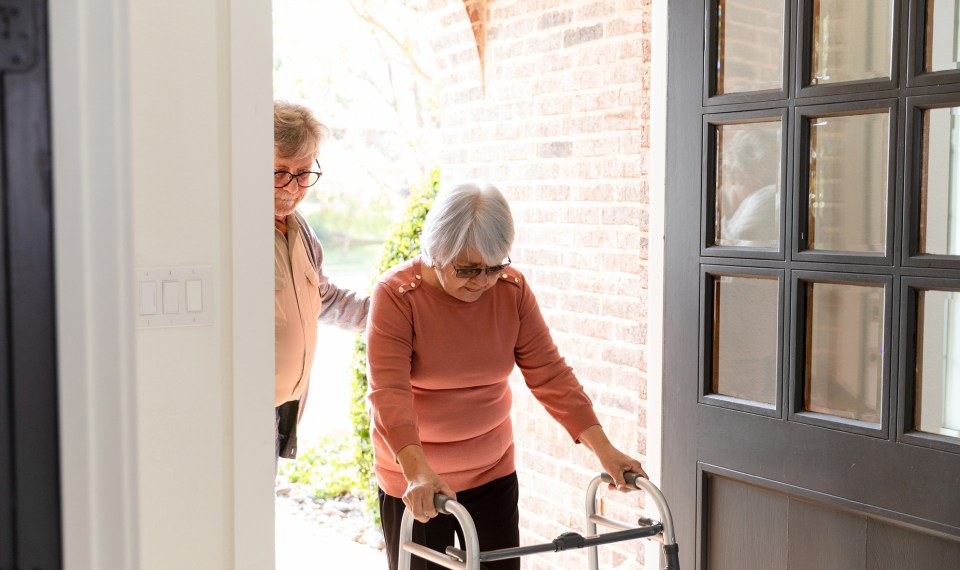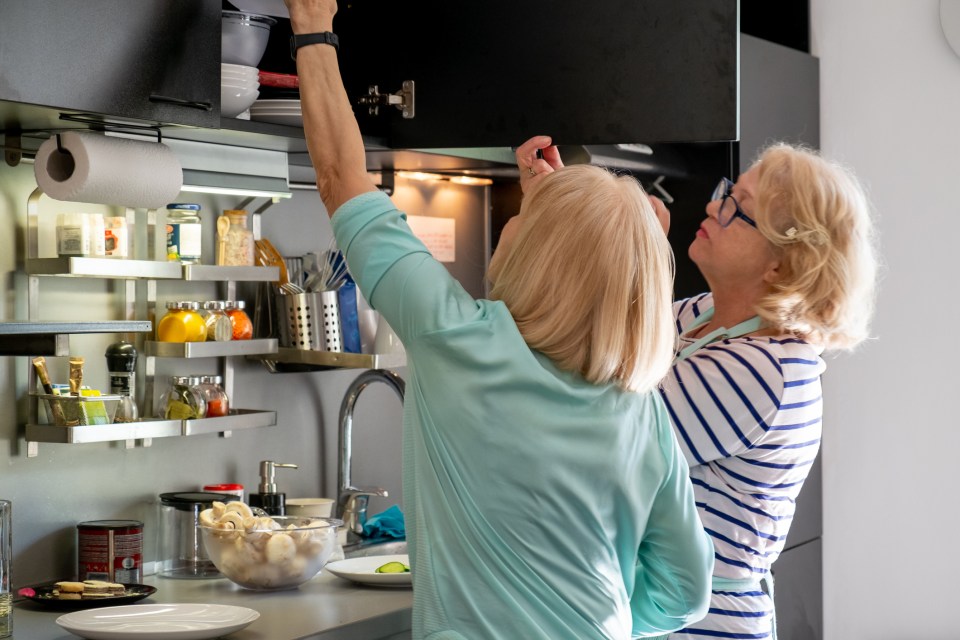As a loved one ages, familiar settings can become unsafe or unusable, especially after a serious illness or injury.
Shelby Moreno, a physical therapist and therapy team leader at South Plains Rehabilitation Hospital, an affiliate of UMC and Encompass Health, said a home safety assessment for elderly patients is a common practice at the hospital and can help ensure a patient is safe at home after they leave the secure environment of the hospital setting.
While conducted by skilled clinicians including physical and occupational therapists at Encompass Health, there are some strategies they use that could also help if you are trying to create a safer home setting for yourself or a loved one.
What is a Home Safety Assessment for Elderly?
A home safety assessment for elderly in the rehabilitation hospital setting can help adapt areas of the home that might not be accessible anymore or could present safety hazards. In the inpatient rehabilitation setting, patients are recovering from serious illness or injuries, and Moreno said a home evaluation can help ease safety concerns and guide therapy during a patient’s stay to help better prepare them to return to their home.
“The first thing we’re looking at is how they enter the house,” she said. “Do they go in through the garage or a front door? Do they have to access steps? We can practice these tasks in therapy. A home evaluation can really be a tipping point for patients concerned about going home. It helps better prepare them and can help them and their loved ones be at ease.”
In addition to checking for steps, the clinical team also evaluates entryways to ensure they are free of clutter, and if needed, are wide enough that an assistive device such as a walker or wheelchair can easily pass through.
After completing an assessment of the home environment, the care team will offer suggestions and adaptations to make the home safer and more accessible for the individual. This could include minor adjustments, Huber said, such as removing throw rugs or adding an elevated toilet seat, to renovations, such as expanding entryways or adding wheelchair accessible ramps.
Home Safety Checklist for Elderly
Even if your loved one is not in the inpatient rehabilitation setting, there are steps you can take to ensure they are safer in their home environment. Huber offers the following checklist to consider:
- The bathroom. This is one of the primary places where elderly fall and are injured, Moreno said. “I would recommend grab bars by the toilet and tub,” she said. “A non-stick mat in the bottom of the shower and tub is good, too. If they do have bath mats, make sure they are secured and safe to walk over with assistive devices.” If not, remove them. Moreno also recommends having grab bars installed by a professional to ensure they are safe and secure.
- The bedroom. Make sure their bed is the appropriate height. Motion-detected night lights can also be helpful if they are getting up to use the bathroom at night. Make sure there is a phone nearby should they need help at any time.
- Common areas. Remove clutter and throw rugs that could trip them up. For bigger area rugs, make sure to secure any corners that are rolled up. Get any cords out of the walkways, as well.
- Stairs. If your loved one does have to climb stairs, Moreno recommended placing a bright-colored tape on the edges to help guide them and prevent tripping.
- The kitchen. Make sure everything is in reach, so your loved one doesn’t have to climb or reach to access items.
Home Assessment After an Injury or Illness
A home safety assessment for elderly could be helpful after a loved one has had an illness or injury that resulted in a hospital stay. Ask your provider if they conduct home assessments or see if they qualify for an inpatient rehabilitation stay at an Encompass Health location near you.
The content of this site is for informational purposes only and should not be taken as professional medical advice. Always seek the advice of your physician or other qualified healthcare provider with any questions you may have regarding any medical conditions or treatments.



